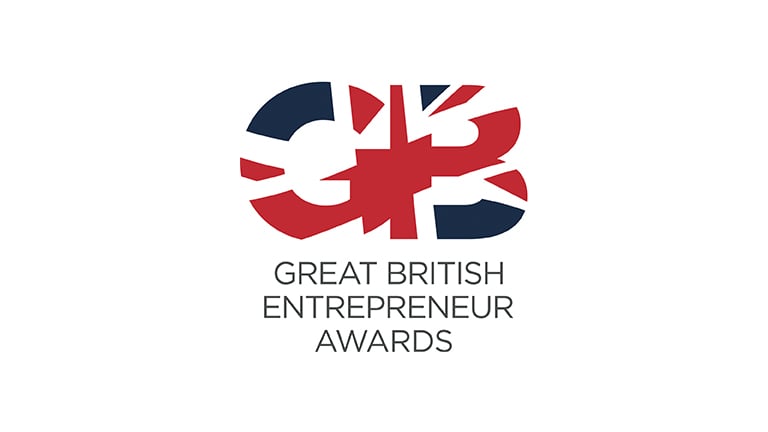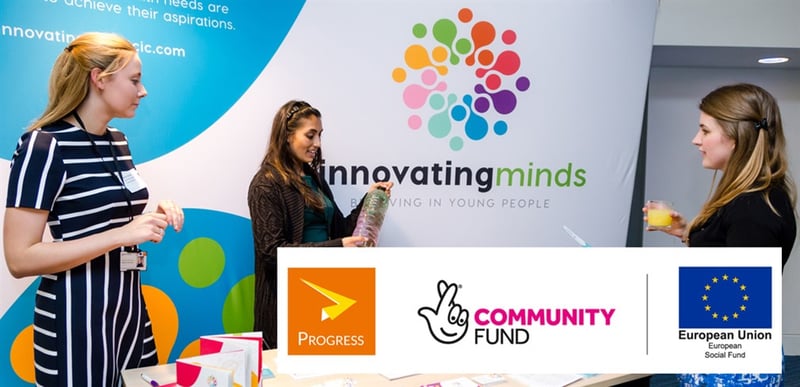Written by, Eloise de Carvalho, MSc Student, Keele University.
This week (14th-18th November) is National Anti-Bullying Week and this year, the Anti-Bullying Alliance are taking a more holistic approach to tackling the issue by appealing to the often largest group involved—bystanders. Their theme, ‘Power for Good’, encourages peers (and adults!) to not just passively accept bullying that they witness but do something about it.
Ditch the Label’s (2016) Annual Bullying Survey revealed that 1.5 million young people have been bullied within the past year, with 19% of those being bullied every day. Many children that have been bullied have experienced depression and/or social anxiety (44% and 41%, respectively), and a third have had suicidal thoughts.
This bullying does not always happen in isolation. Research (Rivers et al., 2009; Smith & Shu, 2000) has suggested that the majority of secondary school children have witnessed peers being bullied. These witnesses can be broadly categorised into four ‘participant roles’ (Salmivalli et al., 1998):
- Assistants who join in and assist the bully.
- Reinforcers who do not actively attack the victim but give positive feedback to the bully, providing an audience by laughing and making other encouraging gestures.
- Outsiders who stay away, not taking sides with anyone or becoming involved, but allowing the bullying to continue by their ‘silent approval’.
- Defenders who show anti-bullying behaviour by comforting the victim, taking sides with them and trying to stop the bullying.
Unfortunately, upon witnessing bullying, over half of children try not to be involved, enjoy watching or even join in (Smith & Shu, 2000). The Anti-Bullying Alliance want to encourage more witnesses to become defenders. They suggest that there are many ways to take action, including choosing not to watch and walking away or being kind to the person being bullied at another time, as well as more active interventions such as telling the bullied to stop or reporting it a trusted member of staff (Ball, 2006). Interestingly, this might be in the bystanders’ best interests, as witnesses to bullying can also experience psychological distress and anxiety (Rivers et al., 2009).
Understandably, the risks of peers intervening in bullying must be acknowledged, which is why the Anti-Bullying Alliance is invested in creating innovative strategies to promote a safe, positive and healthy environment where children and young people can safely take action to reduce bullying.
This is where the holistic approach of tackling the issue of bullying at a schoolwide level comes into play, and the importance of staff. Twemlow et al. (2001) highlight the contribution of adults in creating an environment where bullying can be diminished, through modelling positive behaviours in their interactions with pupils and other teachers and by promoting a positive climate for learning. Martino and Pallotta-Chiarolli (in Anderson, 2011) emphasise the importance of reviewing systems, structures and policies to identify any areas that may be framing, perpetuating or justifying bullying
By targeting the whole school community, the Anti-Bullying Alliance hope to empower everyone to use their Power for Good.
References
Anderson, S. (2011). No more bystanders = No more bullies. Thousand Oaks, CA: Corwin Press. Ball, S. (2006). Bystanders and bullying: A summary of research for anti-bullying Week. The Anti-Bullying Alliance. Retrieved from http://www.anti-bullyingalliance.org.uk/media/1050/bystanders_and_bullying.pdfDitch the Label. (2016). The annual bullying survey 2016. Brighton, UK: Ditch the Label.Rivers, I., Poteat, V., Noret, N., & Ashurst, N. (2009). Observing bullying at school: The mental health implications of witness status. School Psychology Quarterly, 24(4), 211-223.
Salmivalli, C., Lagerspetz, K., Björkqvist, K., Österman, K., & Kaukiainen, A. (1998). Bullying as a group process: Participant roles and their relations to social status within the group. Aggressive Behavior, 22(1), 1-15.
Smith, P., & Shu, S. (2000). What good schools can do about bullying: Findings from a survey in English schools after a decade of research and action. Childhood, 7(2), 193–212.
Twemlow, S., Fonagy, P., Sacco, F., Gies, M., & Hess, D. (2001). Improving the social and intellectual climate in elementary schools by addressing bully-victim-bystander power struggles. In D. Cohen (Ed.), Caring classrooms/intelligent schools: The social emotional education of young children (pp. 162-181). New York, NY: Teachers College Press.



